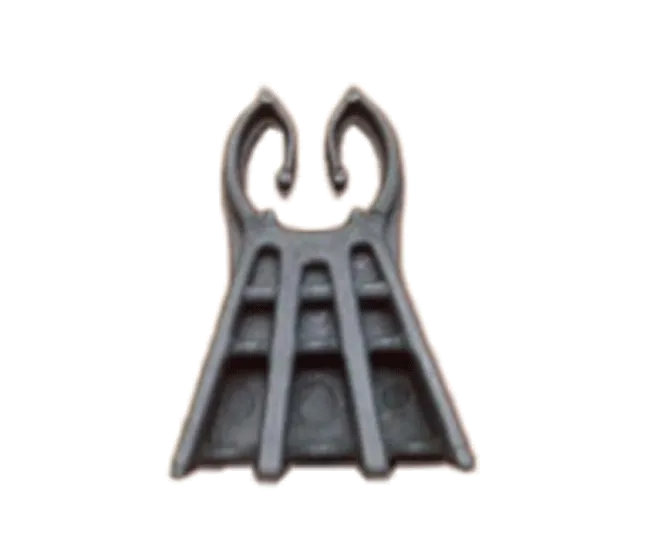Products Description
Bottom Beam Brackets/Spacers: Standard Guardians of Column Main Reinforcement Cover
In reinforced concrete structures, the cover thickness of column main reinforcement is an important indicator to ensure structural safety and durability. Bottom beam brackets/spacers, as plastic auxiliary components specially designed for the joint part of bottom beams and columns, provide stable support for column main reinforcement through scientific structural design, ensuring that the cover thickness strictly meets the specifications and design requirements, and thus become a key guarantee for structural anti-corrosion and safety.
I. Core Product Attributes
Bottom beam brackets/spacers are injection-molded from high-strength engineering plastics, which have excellent compressive performance and chemical stability. Compared with traditional concrete spacers, plastic materials are not only lighter, facilitating construction handling and installation, but also can effectively avoid the problem of poor concrete bonding caused by material differences; their surfaces are smooth and flat, which will not cause damage to the surface of steel bars, and at the same time, they have good aging resistance, which can maintain structural stability for a long time, providing a solid foundation for the durability of the cover.
II. Core Functions and Protective Significance
The core purpose of these products is to provide stable support for column main reinforcement by being scattered and clamped on them, so as to ensure that the thickness of the steel bar cover meets the specifications and design requirements.
The core significance of the cover lies in double protection: on the one hand, it can isolate the direct contact between external moisture, oxygen, corrosive media and steel bars, prevent steel bar corrosion, and avoid the decrease of structural strength caused by steel bar damage; on the other hand, a reasonable cover thickness can ensure the coordinated work of steel bars and concrete, make the structure stress evenly, and meet the structural safety and functional needs in the long-term use process. At the joint of the bottom beam and the column, due to the dense steel bars and complex stress, the precise control of the cover is particularly important, and the application of bottom beam brackets/spacers just solves the protection problem of this key part.
III. Specification Sizes and Adaptation Scenarios
To meet the cover thickness requirements under different design standards, bottom beam brackets/spacers provide 7 standardized sizes (heights), ranging from 15mm to 50mm. The specific adaptation scenarios are as follows:
- 15mm: Suitable for light columns or secondary structures with relatively thin cover thickness requirements;
- 20mm, 25mm: Commonly used in frame columns and constructional columns of ordinary civil buildings, meeting the requirements of conventional protection and stress;
- 30mm, 35mm, 40mm: Adapt to industrial building columns with medium loads or environments with special anti-corrosion requirements (such as humid and dusty areas);
- 50mm: For heavy-duty columns, structures with high seismic fortification levels or important buildings with strict durability requirements (such as bridge and large venue columns).
The diversified size options ensure that the specification standards of cover thickness can be accurately met in different building types and structural designs, providing all-round protection for column main reinforcement.
Summary
Although bottom beam brackets/spacers are small plastic components, they play an irreplaceable role in the cover control of column structures. With precise size design and reliable material performance, they ensure the standardization and stability of the column main reinforcement cover, fundamentally safeguarding the durability and safety of reinforced concrete structures. In today's increasingly in-depth concept of refined construction, such accessories focusing on detail protection have become an important cornerstone for ensuring the quality of construction projects.



